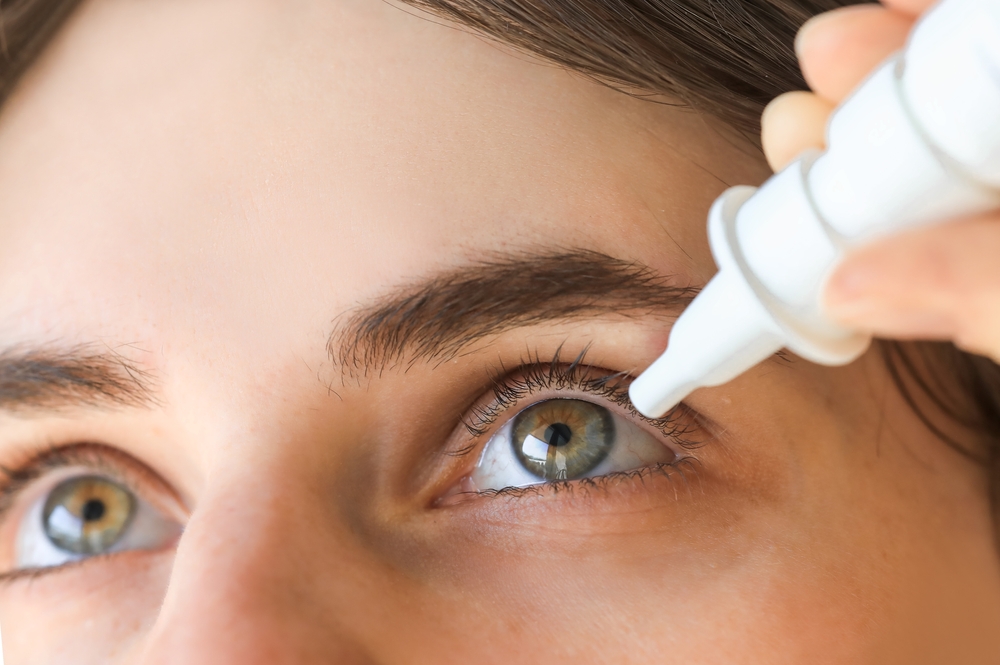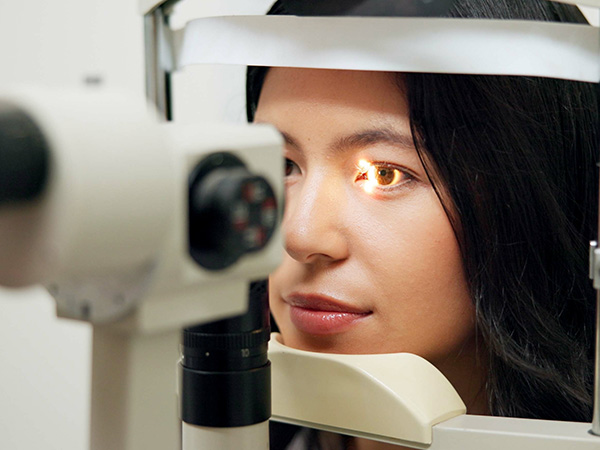How to Choose the Right Artificial Tears for Your Dry Eyes

Dry eye is a common and often frustrating condition that can interfere with your daily comfort and vision. Whether it’s caused by screen time, aging, certain medications, or environmental factors, dry eye occurs when your eyes don’t produce enough tears to stay lubricated. One of the most common ways to find relief is through artificial tears, but with so many types available, how do you know which one is right for you?
What Is Dry Eye?
Dry eye syndrome (or dry eye disease) occurs when your eyes either don’t produce enough tears or the tears evaporate too quickly. This leads to symptoms like:
Burning, stinging, or scratchy sensation
Blurred vision that improves with blinking
Sensitivity to light
Redness or a feeling of grittiness in the eyes
If left untreated, dry eye can impact your quality of life and even damage the surface of your eyes over time.
How Do Artificial Tears Work?
Artificial tears are lubricating eye drops that mimic your natural tear film. They help:
Replenish moisture
Soothe irritation
Protect the surface of your eyes
Support the natural healing process
Unlike medicated drops, artificial tears don’t treat the underlying cause of dry eye, but they provide temporary relief and are often the first line of defense.
Preservative-Free vs. Preserved Drops
When selecting artificial tears, one important factor to consider is whether the drops contain preservatives. Preservative-free artificial tears are ideal for those with sensitive eyes or who need to use drops frequently throughout the day. These typically come in single-use vials and are less likely to cause irritation.
On the other hand, preserved drops come in multi-use bottles and contain ingredients to prevent bacterial contamination. While convenient, these preservatives can sometimes irritate the eyes, especially in people with chronic dry eye or who use drops more than four times a day.
Viscosity
The thickness, or viscosity, of artificial tears also plays a key role in their effectiveness. Low-viscosity drops are more watery and provide fast, temporary relief without blurring vision, making them suitable for daytime use or mild symptoms.
High-viscosity options, such as gel drops or ointments, offer longer-lasting comfort and are better suited for nighttime use. However, they may temporarily blur your vision, so they’re typically used before bed or during periods of rest.
Formulated for Specific Issues
Some artificial tears are specifically formulated to address certain components of the tear film. Lipid-based drops help reduce tear evaporation by supporting the oily (lipid) layer of the tear film.
Electrolyte-rich drops aid in healing the surface of the eye, while those containing hyaluronic acid or glycerin are excellent at retaining moisture for longer periods. Choosing the right type often depends on the severity of your symptoms and how often you need relief, which is why experimenting with different formulations or seeking professional advice can be beneficial.
When to See Your Doctor
If your symptoms persist even after using over-the-counter artificial tears, it’s time to visit your eye doctor. Chronic or moderate-to-severe dry eye may require a diagnosis and personalized treatment plan, which could include:
Prescription eye drops
Punctal plugs to reduce tear drainage
In-office therapies or meibomian gland expression
Lifestyle or medication adjustments
At F & M Family Eye Care, we offer comprehensive dry eye evaluations to determine the root cause of your symptoms and create a plan that works for you.
Ready to Find the Right Solution for Your Dry Eyes?
Artificial tears can be a simple and effective way to manage dry eye symptoms, but not all drops are created equal. By understanding your needs and recognizing when it’s time to seek professional care, you can find lasting relief and protect your long-term eye health.
If you’re experiencing dry eye symptoms, schedule a consultation with F & M Family Eye Care for a personalized treatment plan. Visit our office in in Riverdale, GA, or call (770) 996-3495 to book an appointment today.




